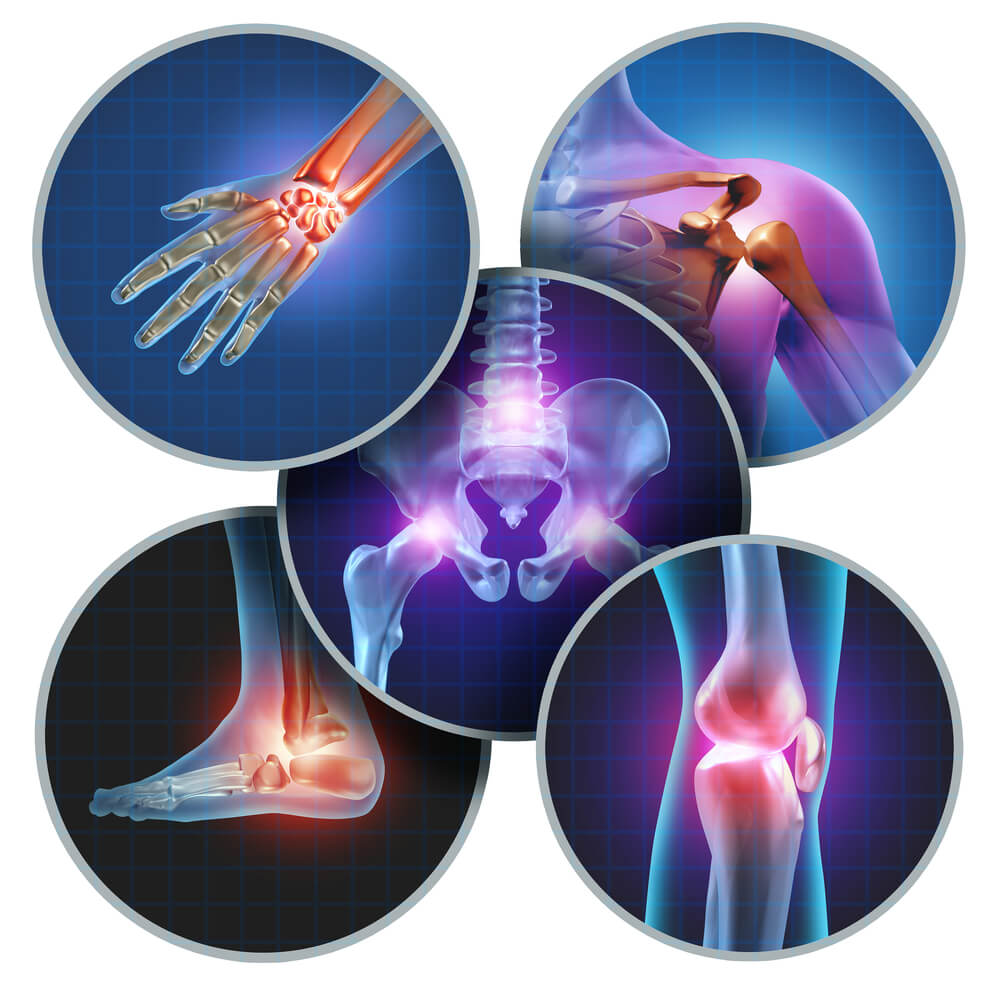Arthritis can affect any joint, but is most common in people’s:
- Hands and wrists.
- Knees.
- Hips.
- Feet and ankles.
- Shoulders.
- Lower back (lumbar spine).
A healthcare provider will help you find ways to manage symptoms like pain and stiffness. Some people with severe arthritis eventually need surgery to replace their affected joints.
What is the main cause of arthritis?
What causes arthritis varies depending on which type you have:
Osteoarthritis happens naturally as you age — a lifetime of using your joints can eventually wear down their cartilage cushioning.
You may develop gout if you have too much uric acid in your blood (hyperuricemia).
Your immune system can cause arthritis (including rheumatoid arthritis) when it damages your joints by mistake.
Diagnosis and Tests
How do healthcare providers diagnose arthritis?
A healthcare provider will diagnose arthritis with a physical exam. They’ll examine your affected joints and ask about your symptoms. Tell your provider when you first noticed symptoms like pain and stiffness, and if any activities or times of day make them worse.
Your provider will probably check your range of motion (how far you can move a joint). They may compare one joint’s range of motion to other, similar joints (your other knee, ankle or fingers, for example).
Arthritis tests
Your provider might use imaging tests to take pictures of your joints, including:
- X-ray.
- Ultrasound.
- Magnetic resonance imaging (MRI).
- A computed tomography (CT) scan.

